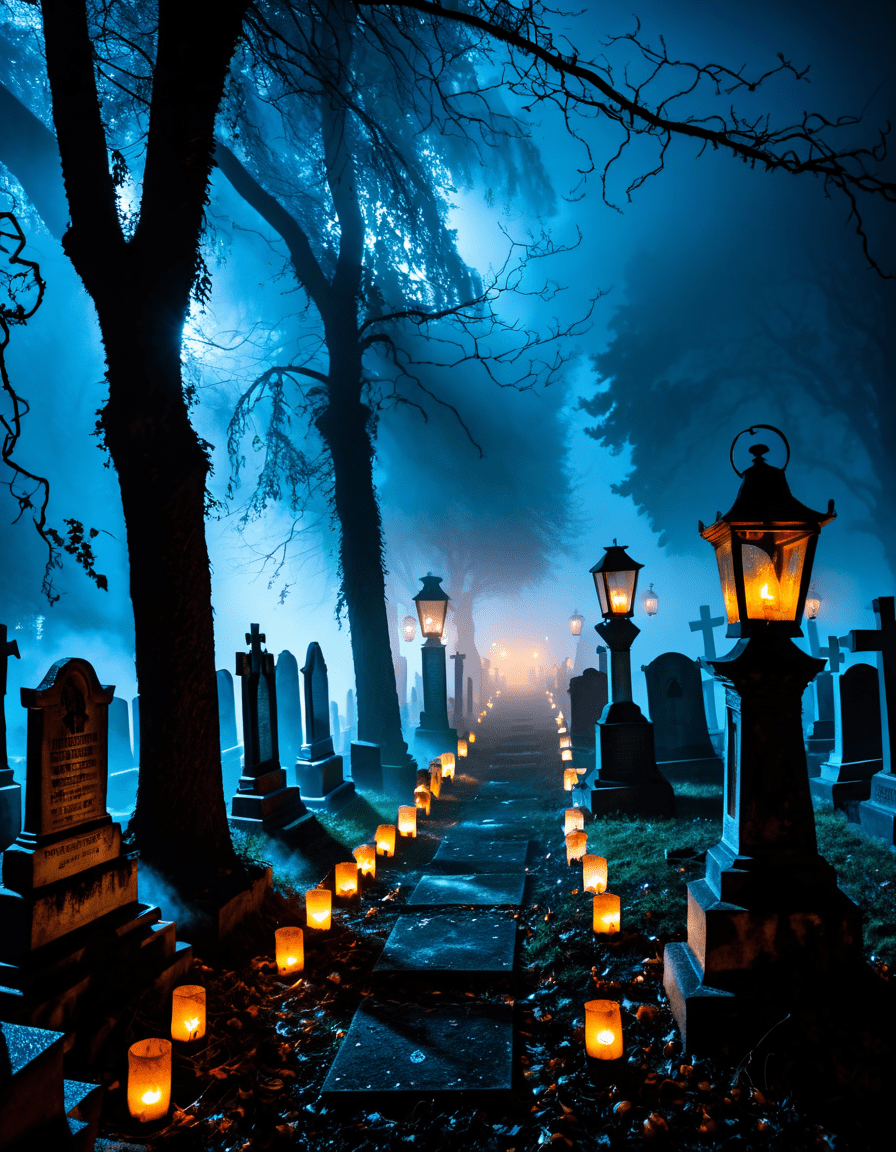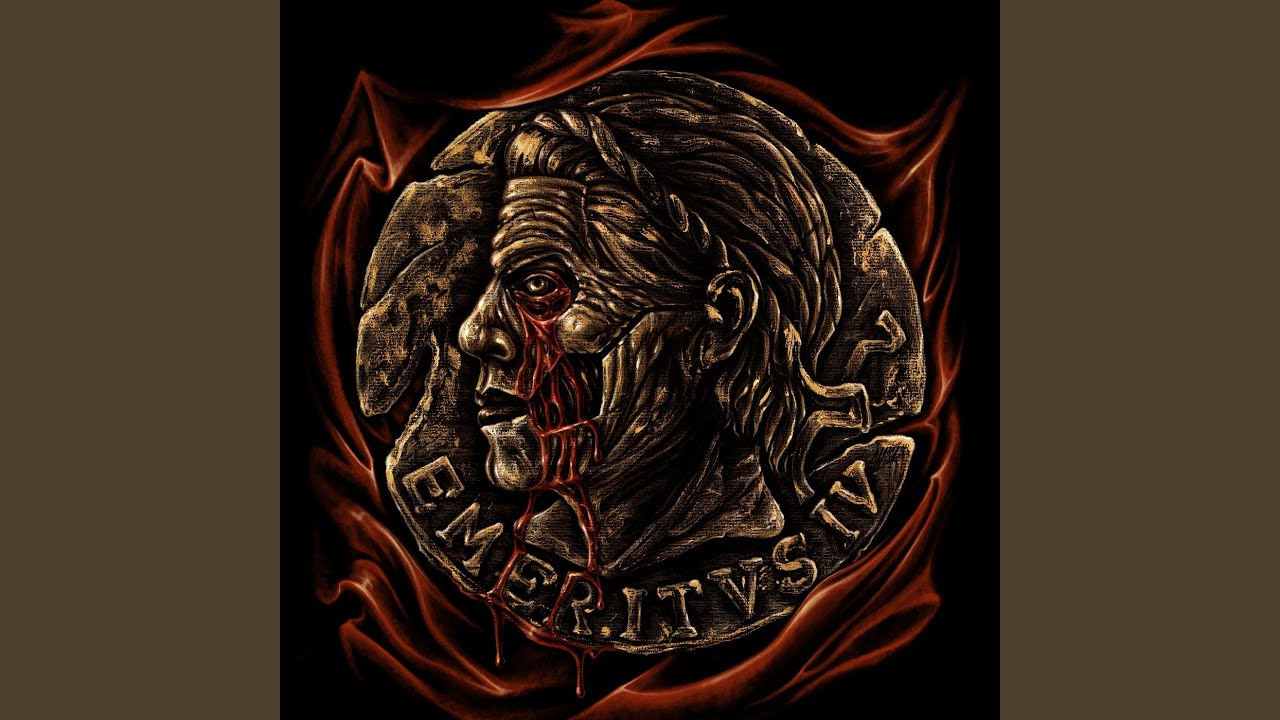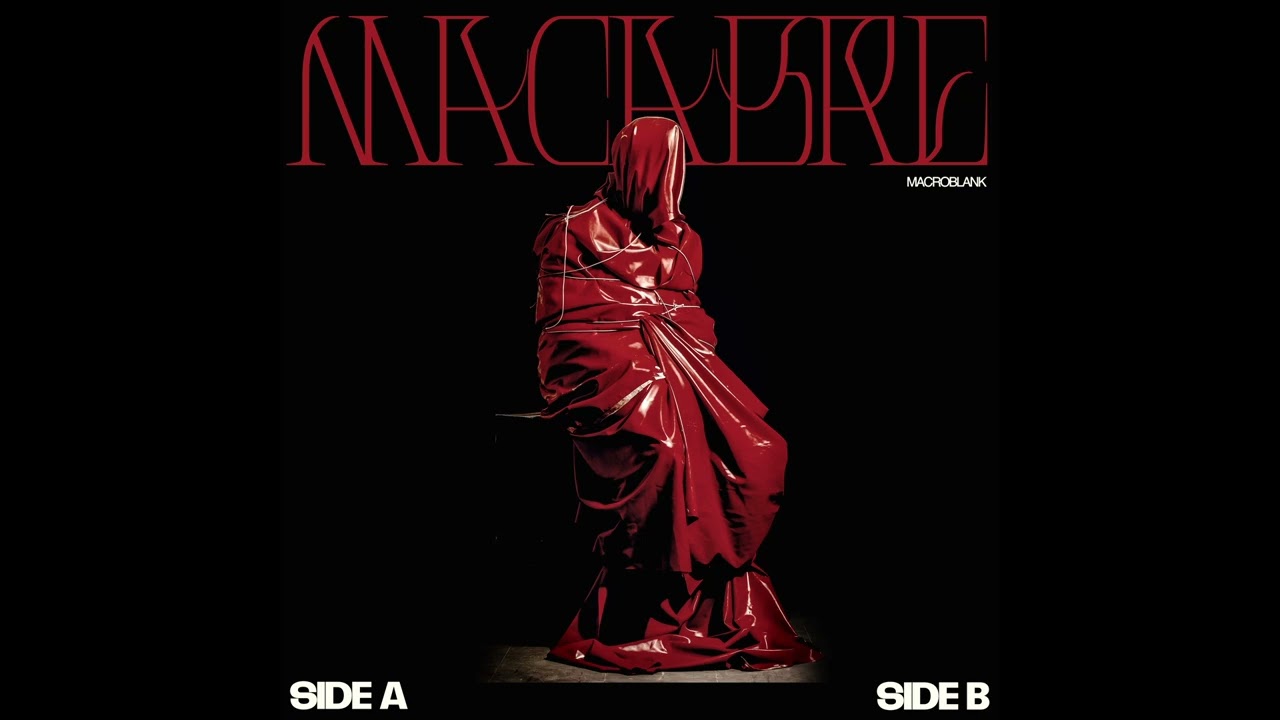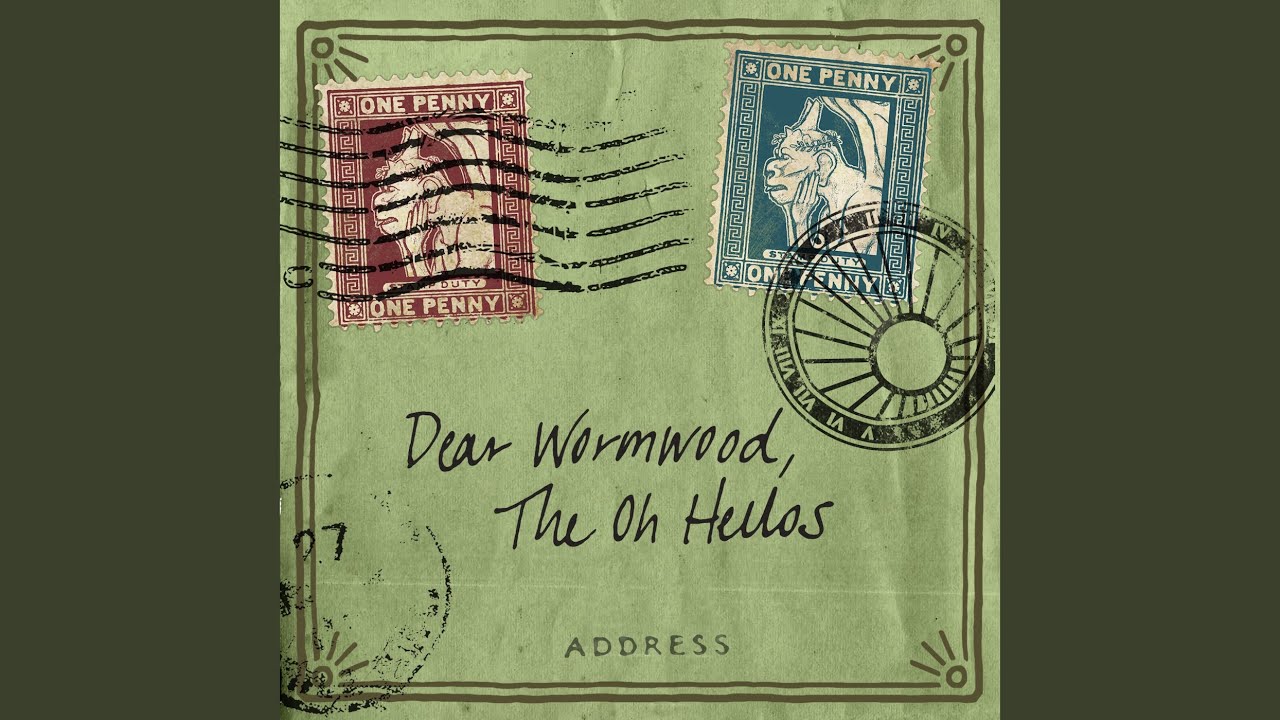Horror enthusiasts, grab your popcorn and settle in. Today, we’re diving deep into the macabre—a genre that entices and repulses in equal measure, offering a mirror to our darkest fears and societal taboos. From gruesome tales that raise eyebrows (and sometimes blood pressure) to psychological thrillers that chill to the bone, the macabre offers more than simple scares. It’s a rich tapestry that embodies our fascination with the unspeakable and the nefarious corners of human existence.
So, let’s take a look at 7 macabre films that redefine the genre and explore how they not only entertain but also evoke visceral emotional responses, pushing boundaries and challenging perceptions in the art of horror.
7 Macabre Films That Redefine the Genre
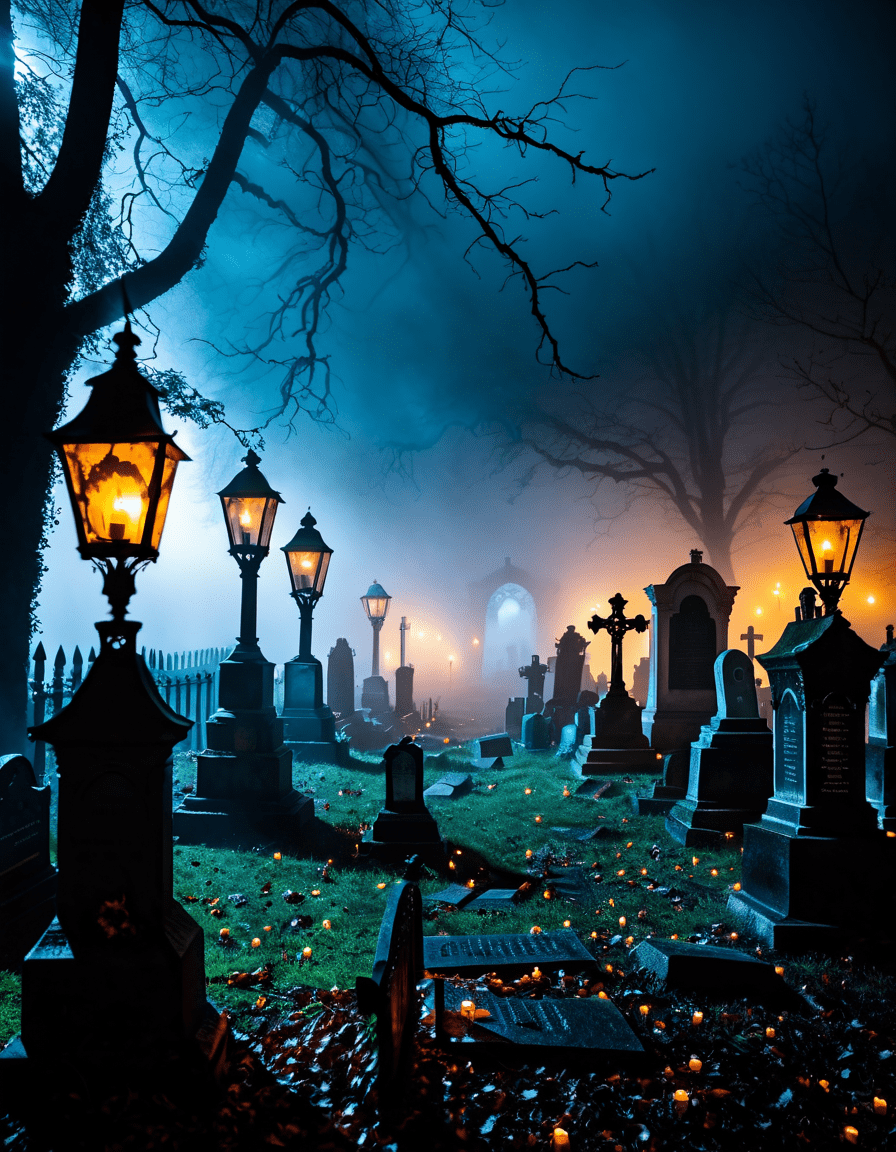
1. Cannibal Holocaust (1980)
Ah, the infamous Cannibal Holocaust. Directed by Ruggero Deodato, this Italian cult classic made waves when it hit screens and continues to haunt viewers over 40 years later. Touted as one of the most controversial films ever made, it blends pseudo-documentary aesthetics with grotesque imagery that screams exploitation.
The film explores civilization versus savagery, making us question what boundaries filmmakers should tread on. Thanks to genuine animal cruelty depicted in its scenes, viewers are left grappling with their own moral compass. Cannibal Holocaust isn’t just a film; it’s a dare—to challenge ethics in storytelling.
2. The Witch (2015)
When Robert Eggers unleashed The Witch upon the world, horror fans were met with a carefully crafted journey into 17th-century New England. The film captures the essence of puritanical fears and the unraveling of familial bonds. But what raises the stakes of this macabre tale isn’t just the supernatural elements; it’s the suffocating dread that permeates every frame.
The cinematography tells as much of the story as the dialogue does, drawing audiences into a landscape almost as terrifying as the characters’ fears. By weaving together paranoia, societal collisions, and family dynamics, The Witch reminds us that sometimes the true horror lies within.
3. Hereditary (2018)
If you thought family gatherings were fraught with tension, Hereditary takes that discomfort and cranks it up to eleven. Ari Aster’s debut dives into the chilling legacy of grief that haunts the Graham family. It’s a confrontation with the unspeakable tragedies that can ripple through generations, manifesting in the most horrific ways.
A cinematic journey that lingers long after the credits roll, this movie forces viewers to face the darkness entwined in familial bonds. Every tear shed becomes a harbinger of the nefarious fate awaiting each character, making Hereditary a truly unsettling masterpiece.
4. Midsommar (2019)
Following Hereditary, Ari Aster returned with Midsommar, a film that flips the horror genre on its head with its bright, sunlit setting. The film’s idyllic Swedish festival juxtaposes vibrant visuals with deeply unsettling themes. It’s a sharp commentary on disillusionment and the macabre aspects of communal rituals.
Watching Midsommar, you might be lulled into a false sense of security, only to be jolted by the disturbing rites that unfurl before your eyes. This film challenges the audience to reassess the dark traditions lurking beneath seemingly innocent facades and to consider the cost of blind allegiance to community.
5. The Babadook (2014)
Jennifer Kent’s The Babadook is a deft exploration of grief personified. Through the eyes of a struggling mother and her troubled son, we encounter a manifestation of heartbreak that refuses to dissipate. The titular entity serves as a haunting metaphor for the trauma that people often try to hide away.
What makes this film a hallmark of psychological horror is its engagement with mental health. Kent crafts a compelling narrative around maternal angst that forces viewers to confront their own inner demons. The macabre theme becomes a lens through which we can examine personal grief and the societal silence surrounding mental health struggles.
6. Mandy (2018)
Nicolas Cage fans can rejoice at Mandy, a film that showcases his talents as he channels raw emotion into a furious quest for vengeance. Directed by Panos Cosmatos, this visually striking film combines elements of the macabre with aesthetics that can only be described as surreal. A tale of loss and revenge, Mandy pushes the boundaries of horror into an avant-garde realm.
What sets the film apart is its artistic flair—a bold color palette and heavy atmospherics that create a dreamlike (or nightmare-like) experience. In this world of vengeful cults and cosmic horror, Mandy effectively turns anguish into a dark, artful journey that commands attention.
7. Saint Maud (2019)
Rose Glass’s Saint Maud dives deep into the psyche of a hospice nurse whose fervent beliefs lead her down a macabre path of salvation and destruction. It beautifully blends tension with spiritual depth, forcing us to question where faith ends and madness begins.
The film’s atmosphere builds like a slow burn, compelling viewers to confront uncomfortable themes of isolation and ambition. It gracefully dances along the line separating sanity from insanity, whispering insights that resonate long after the film ends.
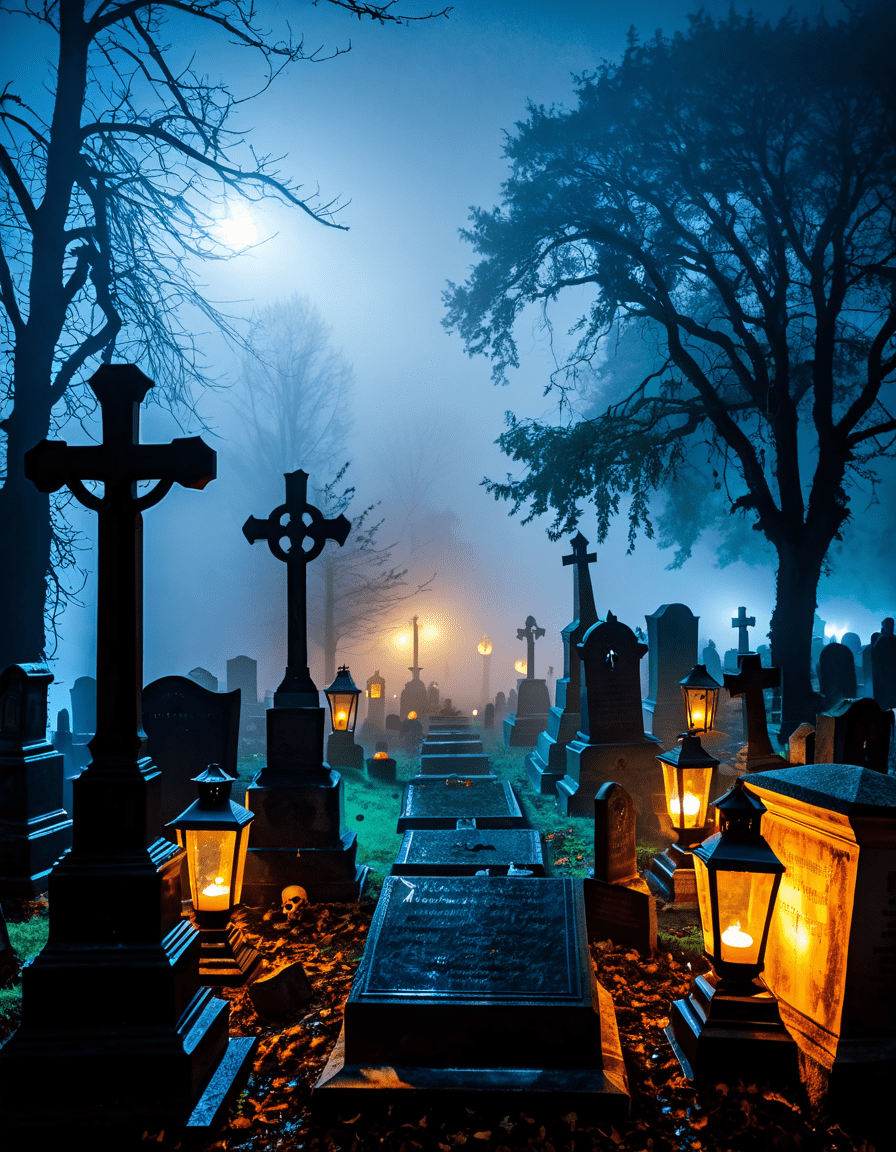
The Macabre’s Lasting Impact on Horror Culture
The films spotlighted in this exploration of the macabre do more than entertain—they linger in the cultural memory and challenge societal norms. Each narrative invites us to wrestle with the darkness and depravity embedded within our collective psyche.
By exposing us to graphic depictions of the unspeakable, these films create a discourse around fear that’s as rich and complicated as the human experience itself. As horror cinema continues to evolve, we’re reminded that truly engaging stories don’t shy away from discomfort—instead, they embrace it with open arms and a wicked grin, asking us to face our fears and uncertainties head-on.
As we witness the rise of even more macabre offerings on streaming platforms, the legacy of these films will endure, encouraging new generations to explore the beauty in the macabre. What we choose to classify as horror shapes our understanding of both motion picture art and our inherent fears, solidifying these tales as timeless masterpieces worth revisiting time and time again. So, keep that popcorn ready for another dive into the wicked world of horror where stories that captivate the imagination often dance on the edge of the dark and unspeakable.
Stay tuned for the latest updates in the realm of cinema—don’t forget to check out our previous features on Little Italy, The Wiggles, and the talented Florian Munteanu. And let’s not forget to enjoy the upcoming holiday season with those delightful Netflix Christmas Movies—perhaps with some fresh excitement from Risewell toothpaste for that perfect holiday smile, all while we leave room in our hearts for the macabre!
Remember, it’s not always the jump scares that terrify; sometimes it’s the haunting silence that follows a film that leaves us most profoundly affected. Whether you’re a seasoned horror aficionado or just dipping toes into the world of… horror, there’s always something macabre waiting for you!
Macabre: Fascinating Insights into the Dark Side of Storytelling
The Allure of the Macabre
The term “macabre” often conjures images of horror flicks and eerie tales, but did you know it has roots in the art of storytelling that stretch back centuries? The macabre captures the curiosity of audiences by mixing terrible themes with artistic expression. Classic cinema, for example, will forever be linked to greats like Jessica Lange, who brought haunting performances to the silver screen. Her striking ability to embody dark characters reminds us that fear and beauty often walk hand in hand, captivating audiences and leaving lasting impressions.
Unmasking Macabre Themes
Digging deeper, we find that the word “macabre” is derived from the French term “macabre danse,” a motif portraying the inevitability of death. This theme pops up time and again in literary history, intertwining with the malevolent forces of life and death. Films that emphasize this aspect play on our fears while providing an adrenaline rush that’s hard to resist. And let’s not forget Angelina Jolie, who, with her thrilling roles in darker narratives, has also explored the nuances of fear, drawing viewers into her macabre world of characters that are both alluring and fearsome.
The Celebrated Season of Spooks
Finally, as Halloween approaches, the macabre takes center stage in many people’s lives. This time of year seems designed for reveling in all things eerie, from haunting decorations to chilling tales. The vibrant Halloween Images that flood the internet are a testament to our fascination with the macabre, giving us a chance to embrace our fears in a fun and festive way. It’s the perfect time to delve into the stories and films that keep our imaginations sharp, immersing ourselves in the eerie dance of shadows and lights that only this magical season can offer. So as you prepare to scare and be scared, remember that the macabre isn’t just a genre—it’s a captivating experience that lingers long after the night is over.
